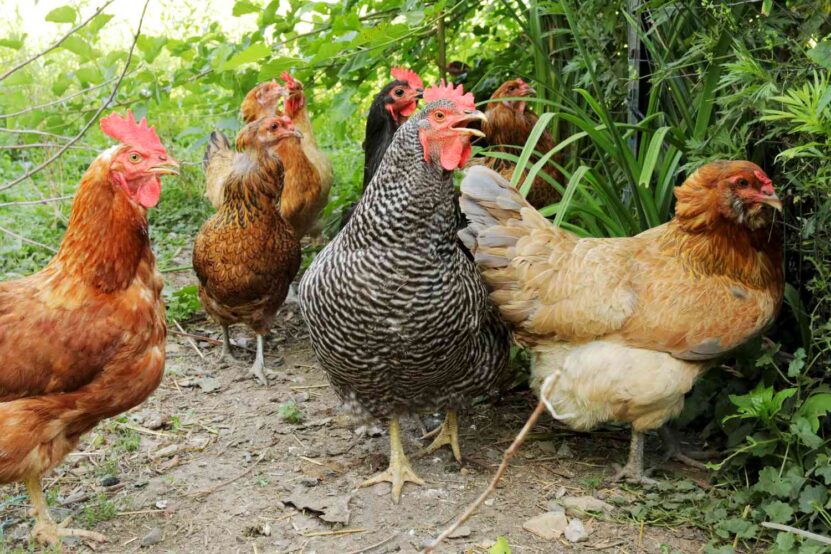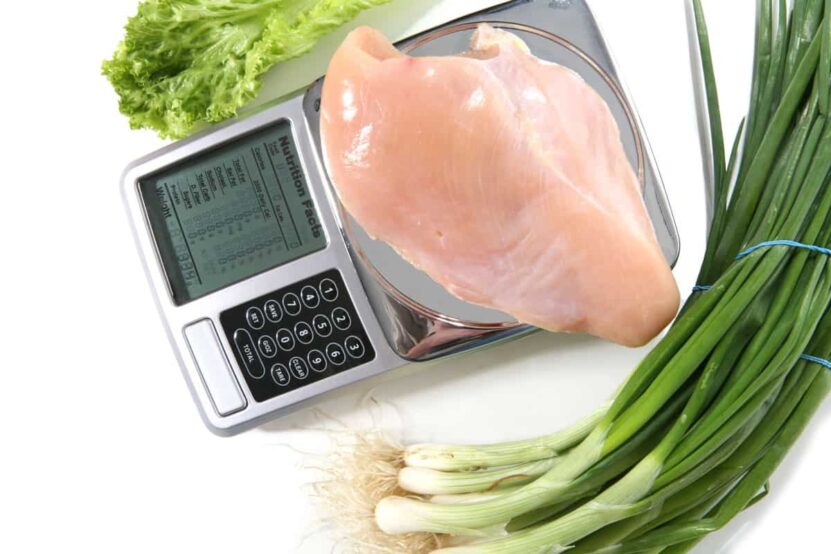When it comes to cooking and meal planning, accuracy is key. But there’s one question that often leaves home cooks scratching their heads: How many chicken breasts are in a pound? It seems like a simple enough question, but the answer can vary depending on several factors.
In this article, we’ll delve into the world of chicken breast sizes, explore the reasons behind the weight variability, and provide you with the tools to make accurate estimations. Say goodbye to guesswork and hello to precision in your culinary adventures!
Variation in Chicken Breast Sizes

Chicken breasts come in all shapes and sizes, and understanding the factors that contribute to this variability is essential. One such factor is the breed of the chicken. Different breeds have different characteristics, including variations in size. For example, a larger breed like the Cornish Cross is likely to produce bigger breasts compared to a smaller breed like the Silkie.
Age also plays a role in determining size. As chickens grow older, their breasts tend to become larger and more substantial. Therefore, a breast from a mature bird will generally weigh more than that of a younger one.
Additionally, diet and exercise can influence the size. Chickens that have access to a diet rich in protein and are allowed to roam and exercise tend to have more developed breast muscles, resulting in larger and meatier breasts.
Average Weight of a Chicken Breast

While it’s challenging to pinpoint an exact weight for a chicken breast, we can discuss the typical weight range. On average, a single one weighs between 6 to 8 ounces (170 to 227 grams). However, keep in mind that these numbers can fluctuate depending on the factors we discussed earlier.
To further complicate matters, even within the same package, you may find variations in weight. It’s not uncommon to discover chicken breasts of different sizes within a single pack. This variability is due to the natural differences between individual birds.
Calculation for Estimating the Number of Chicken Breasts in a Pound
Now that we understand the factors influencing chicken breast sizes let’s tackle the question at hand: How many are in a pound? Here’s a simple calculation you can use:
- Determine the average weight of a chicken breast. Let’s assume it’s 7 ounces (198 grams).
- Convert the weight to pounds. Divide 7 by 16 (the number of ounces in a pound): 7 / 16 = 0.4375 pounds.
- Calculate the number of chicken breasts in a pound. Divide 1 (pound) by the average weight in pounds: 1 / 0.4375 ≈ 2.28.
Based on this calculation, you can estimate that there are approximately 2.28 chicken breasts in a pound. However, since you can’t have a fraction of a chicken breast, you would round down to 2.
Importance of Considering Recipe Requirements

When following a recipe, you may come across instructions that specify a certain number of chicken breasts. It’s crucial to consider these requirements when planning your meals. If a recipe calls for three breasts, but you only have one pound of chicken, you may need to adjust the recipe accordingly.
To adapt it, you can divide the recipe’s ingredients and cooking times by the number of breasts required and multiply them by the number you have available. This way, you can maintain the proportions and ensure your dish turns out just as delicious.
Tips for Purchasing
To make your life easier, here are some tips for purchasing:
- Look for packages labeled “Uniform Chicken Breasts” or “Standardized Size.” These packages often contain chicken breasts that have been carefully selected and trimmed to ensure consistent sizes.
- Opt for boneless, skinless ones. Bone-in or skin-on breasts can add extra weight and variability, making it harder to estimate the number of chicken breasts in a pound.
- Pay attention to the package labels. Some brands may indicate the average weight of their chicken breasts, which can give you a better idea of what to expect.
- If possible, visually inspect before purchasing. Look for breasts that appear similar in size and thickness. This can help ensure more uniform cooking and portioning.
- Consider purchasing from a local butcher or meat counter. These establishments often have the expertise to provide you with chicken breasts that are similar in size. They can also offer advice on cooking methods and recipe modifications based on the quantity and size.
- If you’re buying pre-packaged breasts, check the sell-by or use-by dates. Fresher ones are more likely to have consistent sizes since they haven’t been sitting in the package for an extended period.
Practical Examples
To give you a clearer picture, let’s explore some practical examples of common weights and their corresponding quantities in a pound:
- If you have two chicken breasts weighing 6 ounces each, you would have a total weight of 12 ounces, which is equivalent to 0.75 pounds. So, you have less than one pound of chicken breasts.
- On the other hand, if you have three breasts weighing 8 ounces each, you would have a total weight of 24 ounces, which is equivalent to 1.5 pounds. In this case, you have more than one pound of chicken breasts.
Remember, these examples are just illustrations, and actual weights may vary. It’s always a good idea to rely on the specific weights of the breasts you have on hand for the most accurate calculations.
Conclusion
Gone are the days of guesswork when it comes to estimating the number of chicken breasts in a pound. By understanding the factors influencing sizes, calculating averages, and considering recipe requirements, you can confidently plan your meals and adapt recipes to match the available quantity of chicken.
Next time you head to the grocery store, armed with your newfound knowledge, you’ll be able to select breasts that are more likely to be similar in size. Say goodbye to the frustration of unevenly cooked chicken or not having enough meat for your recipe.
So, embrace the precision, enjoy your perfectly portioned meals, and savor the confidence that comes with knowing exactly how many chicken breasts are in a pound. Happy cooking!
